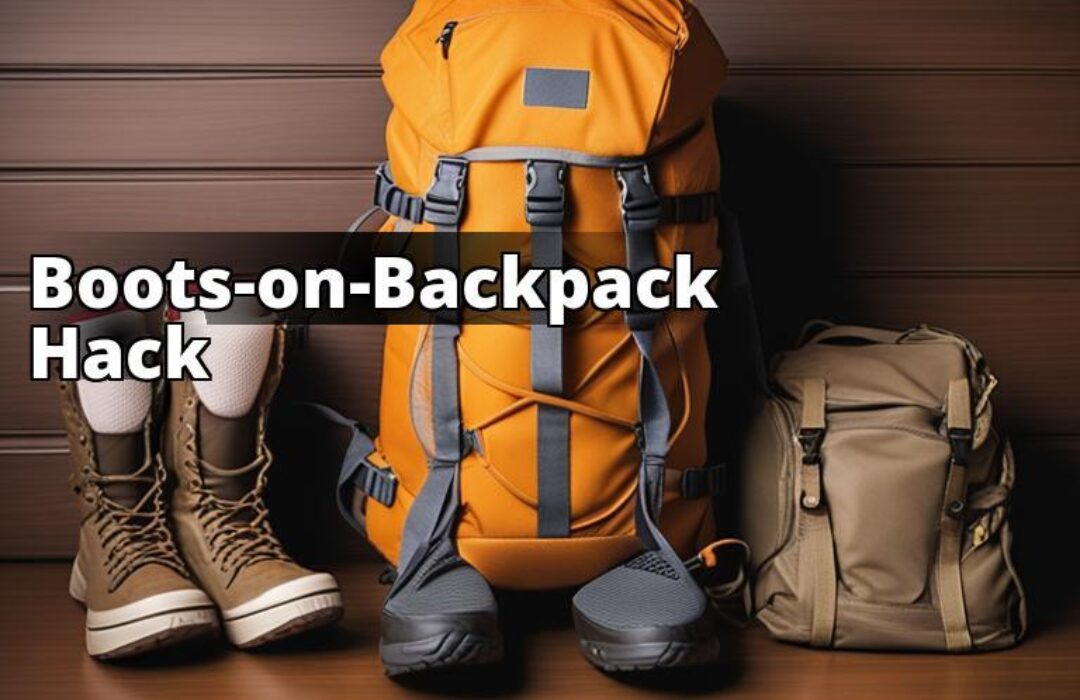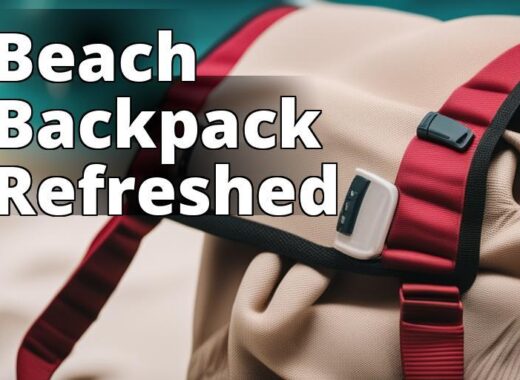When it comes to backpacking and outdoor activities, having the right gear is crucial. One item that often poses a challenge is boots. Many backpackers struggle with the decision of carrying boots separately or finding a way to properly secure them to their backpack. In this article, we will explore the importance of properly securing boots to a backpack and provide you with step-by-step instructions on how to tie boots to your backpack. By the end, you’ll have the knowledge and skills to unlock your backpacking potential and ensure your boots are easily accessible whenever you need them.
What You Will Learn About Tying Boots to Your Backpack
- The importance of properly securing boots to a backpack for convenience, accessibility, and weight distribution.
- How to choose the right backpack with features for boot attachment.
- Step-by-step instructions for tying boots to a backpack using the cross lacing method and compression straps method.
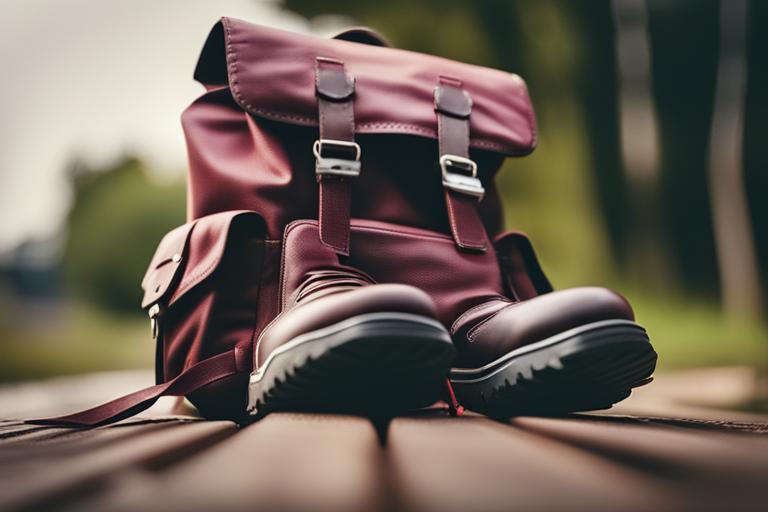
Understanding the Importance of Properly Securing Boots to a Backpack
Carrying boots separately can be inconvenient, especially during long hikes or treks. Not only do you have to find a way to carry them, but they can also be a burden, causing discomfort and throwing off your balance. Improperly securing boots to your backpack can also lead to movement and imbalance, making your backpacking experience less enjoyable and potentially dangerous.
Tying boots to your backpack provides a convenient solution to these challenges. By attaching your boots securely, you can distribute the weight evenly, reducing strain on your body. This not only allows for more comfortable hiking but also improves your overall stability and balance. Additionally, having your boots easily accessible means you can quickly switch from hiking shoes to boots when encountering rough terrains or adverse weather conditions.

Choosing the Right Backpack for Boot Attachment
Before you can tie your boots to your backpack, it’s important to choose a backpack that is suitable for boot attachment. Look for backpacks that come with specific features designed for this purpose. These features can include loops, straps, or carabiners that provide secure attachment points for your boots.
There are different types of backpacks available in the market, and their suitability for boot attachment can vary. For instance, backpacks designed for hiking or mountaineering often come equipped with external attachment points specifically for boots. These backpacks are typically made with durable materials and have reinforced attachment points to ensure the boots stay securely in place. However, even if your backpack doesn’t have dedicated attachment points, you can still use alternative methods that we will discuss later in this article.
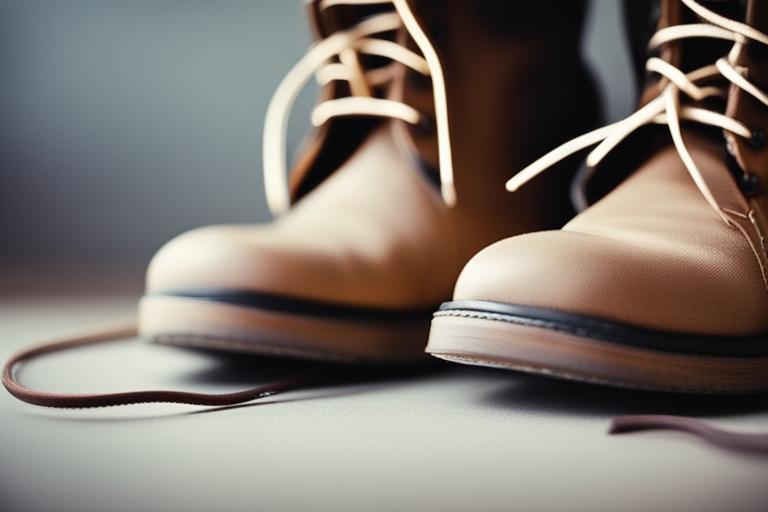
Preparing the Boots for Attachment
Before you tie your boots to your backpack, it’s important to prepare them properly. Start by cleaning your boots and removing any dirt or debris that may have accumulated. This will prevent dirt from transferring onto your backpack and other gear. Additionally, make sure your boots are dry, as moisture can damage your backpack and lead to unpleasant odors.
Next, check the condition of your boot laces. Ensure they are untangled and in good condition for easy tying and secure attachment. If your boot laces are worn out or damaged, consider replacing them to ensure a strong and reliable attachment.
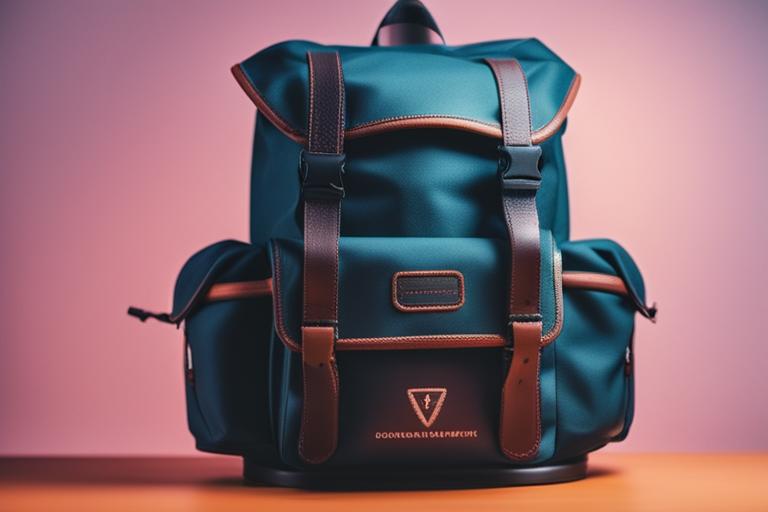
Identifying Attachment Points on the Backpack
Different backpacks have different attachment points, so it’s essential to familiarize yourself with the attachment options on your specific backpack. Common attachment points include loops, straps, or carabiners. These attachment points are strategically placed to provide secure and stable support for your boots.
Locate the attachment points on your backpack and assess their condition. Ensure they are in good shape and capable of withstanding the weight and movement of your boots. If any attachment points are damaged or weak, consider reinforcing them or using alternative attachment methods.
Tying Boots to a Backpack: Cross Lacing Method
One popular method for tying boots to a backpack is the cross lacing method. This method provides a secure attachment while also distributing the weight of the boots evenly. Follow these step-by-step instructions to tie your boots to your backpack using the cross lacing method:
- Start by opening the backpack and laying it flat on the ground or a stable surface.
- Place one boot near the bottom of the backpack, positioning it horizontally with the sole facing up.
- Take the boot lace on the left side and thread it through the loop or attachment point on the right side of the backpack.
- Cross the lace over the top of the boot and thread it through the loop or attachment point on the left side of the backpack.
- Pull the lace tight to secure the boot to the backpack.
- Repeat the process with the other boot, ensuring the laces are crossed over the top of the boots.
- Once both boots are securely attached, double-check the tightness and adjust as necessary.
- Close the backpack and ensure the boots are snugly held in place.
The cross lacing method offers several benefits. It evenly distributes the weight of the boots on the backpack, preventing strain on one side. It also minimizes movement, reducing the risk of imbalance while hiking or climbing.
Tying Boots to a Backpack:
| Method | Pros | Cons |
|---|---|---|
| Cross Lacing Method | – Evenly distributes weight – Minimizes movement – Can be used with any backpack |
– Requires threading through attachment points – May take longer to secure |
| Compression Straps Method | – Provides stable attachment – Can be used without dedicated attachment points – Quick and easy to secure |
– May not be suitable for all backpacks – May not distribute weight evenly |
Compression Straps Method
Another method for attaching boots to a backpack is using compression straps. While this method may not be suitable for all backpacks, it can be a viable option if your backpack has compression straps or external attachment points. Follow these instructions to secure your boots using compression straps:
- Open the backpack and locate the compression straps or external attachment points.
- Place one boot near the bottom of the backpack, positioning it vertically with the sole facing the backpack.
- Fasten one end of the compression strap to the attachment point on the backpack.
- Wrap the compression strap around the boot, ensuring it is secured tightly.
- Fasten the other end of the compression strap to the opposite attachment point on the backpack.
- Repeat the process with the other boot, adjusting the tightness of the compression straps as needed.
The compression straps method provides a stable and secure attachment for your boots. It can be especially useful if your backpack doesn’t have dedicated attachment points or if you prefer a different attachment style.
Testing and Adjusting the Attachment
Once you have tied your boots to your backpack using either the cross lacing or compression straps method, it’s crucial to test the attachment. Gently shake the backpack to see if there is any looseness or imbalance. If you feel any movement or instability, adjust the lacing or straps accordingly to ensure a secure fit.
It’s important to take the time to test and adjust the attachment before hitting the trail. A loose or imbalanced attachment can affect your balance and make your backpacking experience uncomfortable or even dangerous. By ensuring a secure attachment, you can have peace of mind and focus on enjoying your outdoor adventure.

Additional Tips for Boot Attachment
Here are some additional tips to enhance your boot attachment experience:
- Consider using waterproof bags or covers to protect your backpack and other items from dirt or moisture that may be on your boots.
- Avoid attaching heavy or bulky boots to prevent discomfort and potential damage to your backpack.
- If you anticipate needing to untie your boots quickly, use quick-release knots or clips for faster removal.
- Carry extra laces or straps in case of emergencies or the need for replacements.
By following these tips, you can further optimize your boot attachment and ensure a smooth and enjoyable backpacking experience.
Case Study: Sarah’s Backpacking Adventure
Sarah had always been an avid hiker and backpacker. She loved exploring the great outdoors and challenging herself with new trails and landscapes. However, she often found herself struggling with the logistics of carrying her hiking boots separately or improperly securing them to her backpack.
One summer, Sarah decided to embark on a week-long backpacking trip through the rugged mountains of Colorado. She knew that having her boots easily accessible and securely attached to her backpack would be crucial for a successful and enjoyable adventure.
After researching different methods, Sarah decided to try the cross lacing method to tie her boots to her backpack. She carefully cleaned and dried her boots, ensuring they were free from any dirt or moisture that could potentially affect her backpack. She also made sure the laces were untangled and in good condition, ready for tying.
As she set out on her journey, Sarah was amazed at how well her boots were secured to her backpack. The cross lacing method provided excellent weight distribution, minimizing any movement or imbalance while hiking. She could easily access her boots whenever she needed them, without the hassle of carrying them separately.
Throughout the trip, Sarah encountered various terrains and weather conditions. She was grateful for the secure attachment of her boots, as they remained stable and accessible even during steep climbs and challenging descents. The cross lacing method proved to be a reliable and efficient way of tying her boots to her backpack.
Sarah’s backpacking adventure was a success, thanks in large part to the proper attachment of her boots. She realized that choosing the right backpack with suitable attachment points was essential for a seamless experience. The cross lacing method allowed her to fully unlock her backpacking potential, providing convenience, accessibility, and weight distribution.
Inspired by her experience, Sarah now encourages fellow backpackers to learn how to tie their boots to their backpacks. She shares her knowledge and expertise, emphasizing the importance of proper boot attachment for a comfortable and enjoyable outdoor adventure. Sarah believes that by mastering this skill, backpackers can elevate their hiking experiences and fully embrace the wonders of nature.
Frequently Asked Questions about Tying Boots to a Backpack
Q: Can any type of backpack be used for boot attachment?
A: While many backpacks come with dedicated attachment points, not all backpacks are suitable for boot attachment. Look for backpacks with external attachment options or consider alternative methods like compression straps.
Q: How do I untie the boots quickly when needed?
A: To untie your boots quickly, use knots that are easy to release or consider using quick-release clips or buckles for faster removal.
By addressing these frequently asked questions, we aim to provide clarity and guidance on the boot attachment process.
Conclusion
Properly securing your boots to your backpack is essential for a successful backpacking adventure. By following the step-by-step instructions provided in this article, you can ensure your boots remain easily accessible and securely attached throughout your outdoor activities. Whether you choose the cross lacing method or the compression straps method, both techniques offer benefits such as weight distribution, stability, and convenience.
Remember to practice and refine your technique based on personal preferences and the design of your backpack. With the right knowledge and skills, you can unlock your backpacking potential and embark on your outdoor adventures with confidence. So, tie those boots to your backpack and hit the trail!
John Smith is an experienced outdoor enthusiast and backpacker with over 10 years of experience in the field. Having explored various terrains and climates, John has encountered countless challenges when it comes to properly securing boots to a backpack. Through trial and error, he has developed effective techniques and strategies that maximize comfort and convenience while on the trail.
John’s expertise extends beyond personal experience. He has also conducted extensive research on backpacking gear and techniques, consulting with experts in the field and studying the latest advancements in backpacking technology. With a deep understanding of the importance of properly securing boots to a backpack, John is passionate about sharing his knowledge and empowering fellow backpackers to unlock their full potential on their adventures.
John’s dedication to providing accurate and reliable information is evident in his attention to detail and practical tips. His articles have been featured in reputable outdoor magazines and websites, earning him a reputation as a trusted source in the backpacking community. Whether you’re a beginner or a seasoned backpacker, John’s insights will undoubtedly enhance your backpacking experience and ensure that your boots stay securely attached to your backpack.

